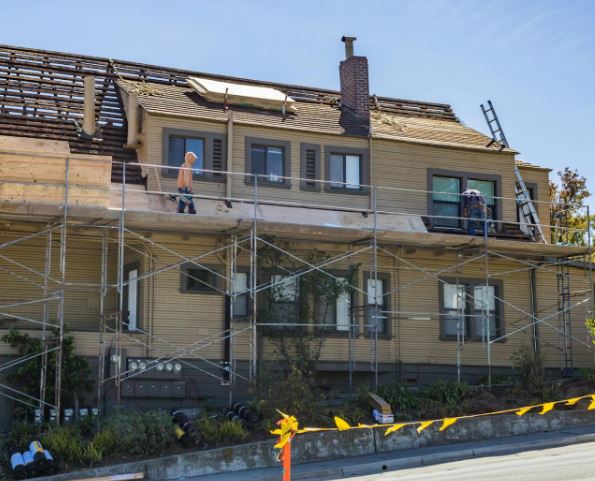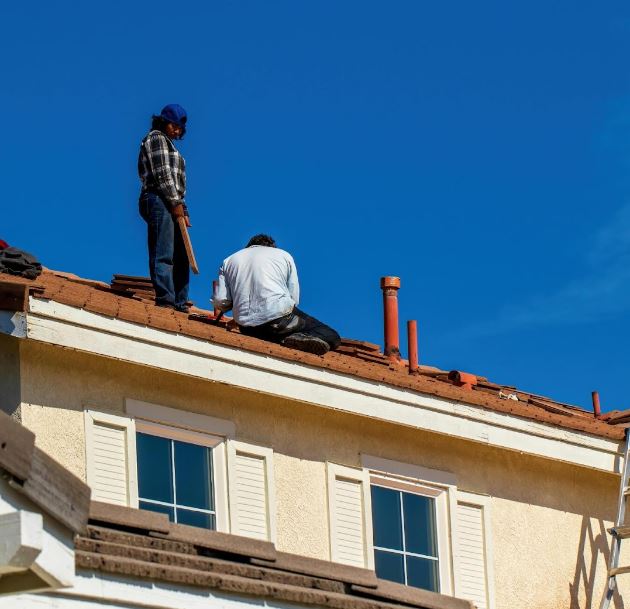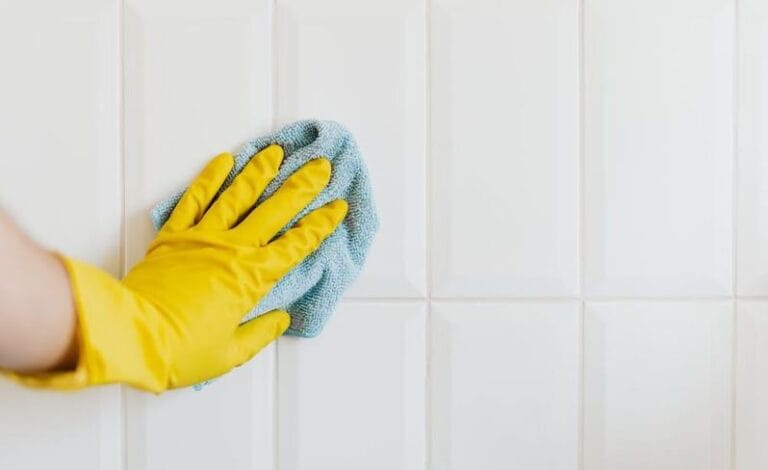How a Well-Planned Roof Repair Project Includes a Hassle-Free Cleanup

A roof repair project can be a significant undertaking, often involving complexities that extend far beyond simply mending shingles or sealing leaks. The success of such projects depends heavily on preparation and execution, including one crucial aspect: cleanup. Homeowners frequently overlook the cleanup phase, which can lead to stress and complications post-repair. A well-planned roof repair project ensures that cleanup is integrated into the overall process, providing a smoother, more manageable experience for all involved.
The Importance of a Clean Slate
Starting a roof repair project with a clean slate is essential for both safety and efficiency. A cluttered worksite can lead to accidents, and roofing materials scattered around can create hazards for the workers and anyone nearby. Laying down tarps and utilizing appropriate waste containers from the outset sets the stage for organized work. These preventive measures help to ensure that debris is contained, minimizing the risk of injury and allowing work to proceed without unnecessary interruptions.
Proper planning facilitates a more effective workflow. If the team knows where to dispose of materials and has a clear strategy for managing waste, it enhances productivity. Homeowners should engage with contractors who prioritize responsible cleanup practices. Communication about cleanup expectations before starting work can alleviate concerns.
Choosing the Right Materials for Easy Disposal
Another key component of an efficient cleanup process involves selecting the right roofing materials. Some materials are inherently easier to work with and dispose of than others. Synthetic roofing options often create less waste during installation and tear-off phases, making disposal simpler. Homeowners should consult with their contractors about options that align with their desired outcome, budget, and environmental considerations.
Flexible roofing resources allow for more straightforward cleanup processes. Seamless installation techniques may minimize leftover scraps that require disposal. Considering the environmental impact of roofing materials can guide homeowners toward eco-friendly choices. Materials that are recyclable or more sustainable tend to integrate better into the overall cleanup plan, reducing the amount of debris that ends up in landfills.
Streamlining the Cleanup Process
Effective management during the roof repair process plays a significant role in ensuring an efficient cleanup. Homeowners need to have a clear plan in place from the beginning to streamline the entire project. Engaging in regular site inspections allows homeowners to monitor ongoing debris management and see the progress of cleanup efforts. This proactive approach can lead to adjustments as necessary, ensuring the site is consistently navigable.
Establishing specific times for debris collection within the schedule of the repair work can keep the worksite organized. Workers should be assigned cleanup responsibilities every few hours, helping to prevent large piles of debris from accumulating. Strive to maintain clear pathways for safety and to keep an organized appearance.
Post-Repair Cleanup: What to Expect
After the main roof repair tasks are completed, homeowners might still face some residual debris and tidying-up tasks. Ensuring the area is thoroughly checked post-repair for any remaining materials is crucial. A comprehensive walkthrough with the contractor provides an opportunity to finalize cleanup efforts. Checking nooks and crannies, gutters, and adjacent areas can prevent materials from being left behind.
Finding a thorough vendor who understands the dynamics of post-repair cleanup can make a significant difference. Some companies emphasize the importance of complete cleanup, making it an integral part of their service. They ensure no nail, shingle, or scrap is left behind, culminating the project smoothly and swiftly.
Communicating with Your Contractor
The relationship between a homeowner and their contractor is paramount when it comes to ensuring a successful cleanup. Open lines of communication allow for better expectations regarding the cleanup process, timelines, and responsibilities. Homeowners should express any concerns beforehand to preemptively address potential issues. Having access to resources like those found here helps homeowners understand the importance of proper roofing and make informed decisions. Contractors typically appreciate input from homeowners, as it fosters teamwork and can lead to improved results.
Discussing cleanup expectations early on results in less confusion later. Always be clear about what you consider essential regarding cleanup, as this helps the contractor align their efforts with your priorities. Regular updates about the project, specifically concerning cleanup, can mitigate misunderstandings and ensure a harmonious working relationship.
Evaluating Cleanup Services
Every roofing project is unique, and evaluating available cleanup services is essential. Homeowners should do their research and consider several factors before choosing a cleanup service or contractor. It can be helpful to read reviews and ask for recommendations from friends or family members who have undergone similar projects. Look for companies that offer specialized services and truly value the cleanup process.
Beyond just basic cleanup, effective services should ensure that all areas are left in a pristine condition. This consideration reflects the care and professionalism that the contractor maintains throughout the project. Assessing various companies based on their track records, policy procedures around safety, and their commitment to comprehensive cleanup can significantly influence your ultimate satisfaction with the entire roofing project.

Collaborating closely with contractors allows for clear expectations, paving the way for an organized and efficient cleanup process. Listening to their expertise can lead to better planning and resource management, enabling projects to conclude without excess worry. A well-planned approach to cleanup is an integral part of a successful roof repair.







